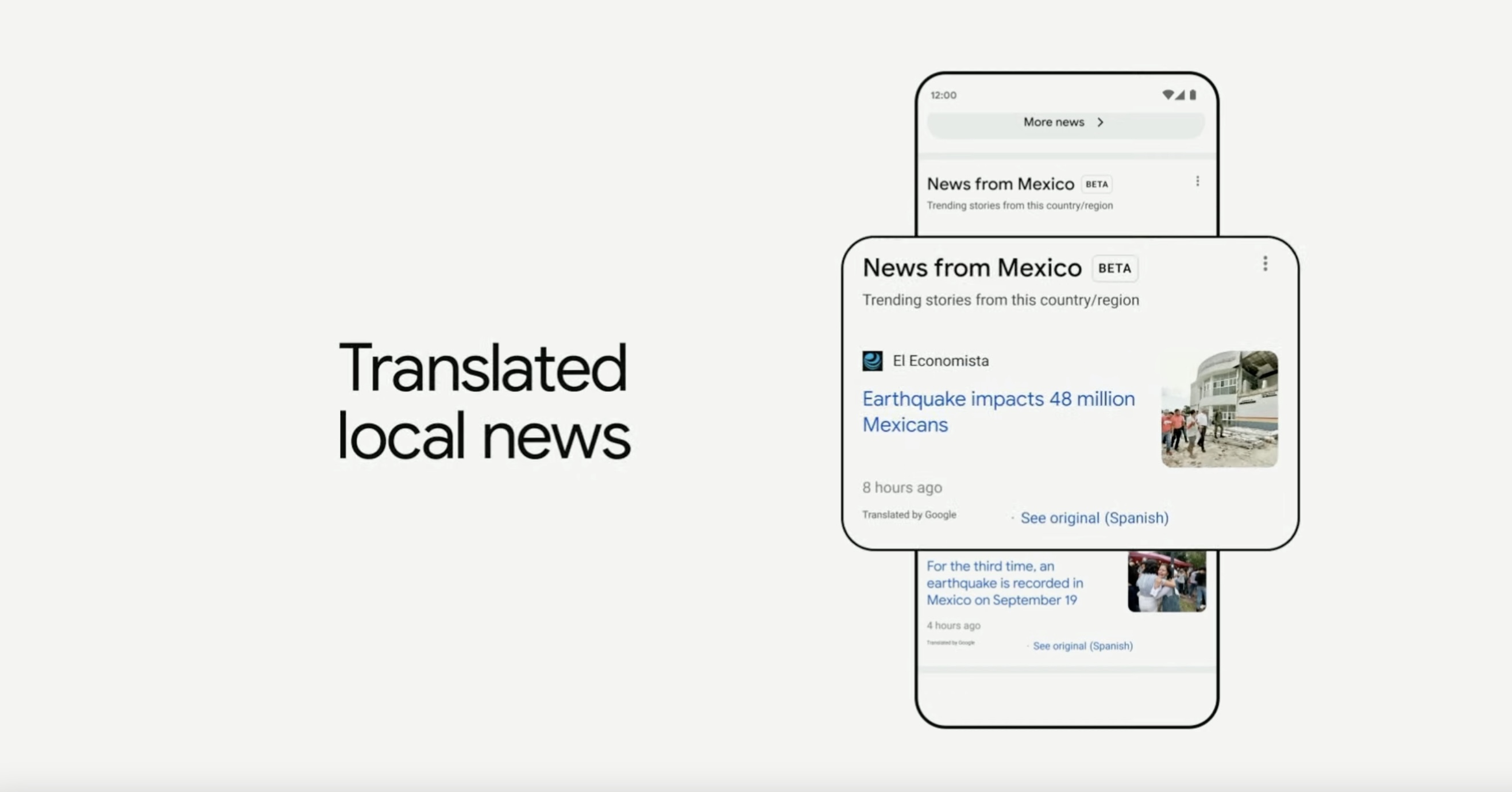China launched an updated State-level professions dictionary on Wednesday that includes 158 new professions such as cryptography engineer and financial technician, according to a dictionary of occupational titles issued by the Ministry of Human Resources and Social Security.
The updated dictionary is a result of the refined social division of labor and the emergence of new professions thanks to economic development and industrial upgrading, the ministry said. The dictionary is a revised version of those launched in 1999 and 2015.
"The profession dictionary plays a fundamental and instructive role in helping us plan out the market's needs for a labor force and in analyzing the working population. Also, it is beneficial to vocational education and employment guidance," ministry spokesman Lu Aihong said at an online news conference on Wednesday.
China's first State-level profession dictionary established a classification system adapted to the national situation at the time. The dictionary was revised in 2015 after the advancement of technology and the economic transformation of some professions.
Wu Liduo, director of the China Employment Training Technical Guidance Center, who is also director of the expert committee for the revision of the profession dictionary, said at the news conference that it classifies professions in eight categories adding 158 new professions.
"The dictionary now includes 1,639 professions covering manufacturing, digital technology, green economy and rural vitalization," he said. "We also adjusted the descriptions of over 700 professions."
He stressed that the dictionary highlighted 97 professions that are the offspring of the digital economy — roughly 6 percent of total professions.
"The digital economy is growing fast, with its market scale reaching 45.5 trillion yuan ($6.29 trillion) in 2021 — accounting for 39.8 percent of GDP," he said.
He added that including these digital economy-related professions in the dictionary can help speed up innovation of the digital economy and serve as a wind vane for working people.
"It will also be helpful to regulate the digital economy and give guidance to colleges when they plan courses and disciplines on the digital economy."
The ministry said it will organize central departments to draft or revise standards for these professions and develop teaching materials to allow companies and government bodies to carry out work on skills training and talent evaluation.
"We will establish our own system of professional information checkups to give people quick and convenient access to search information on different professions and market demands, as well as pay," said Liu Kang, the ministry's director of occupational capacity.



